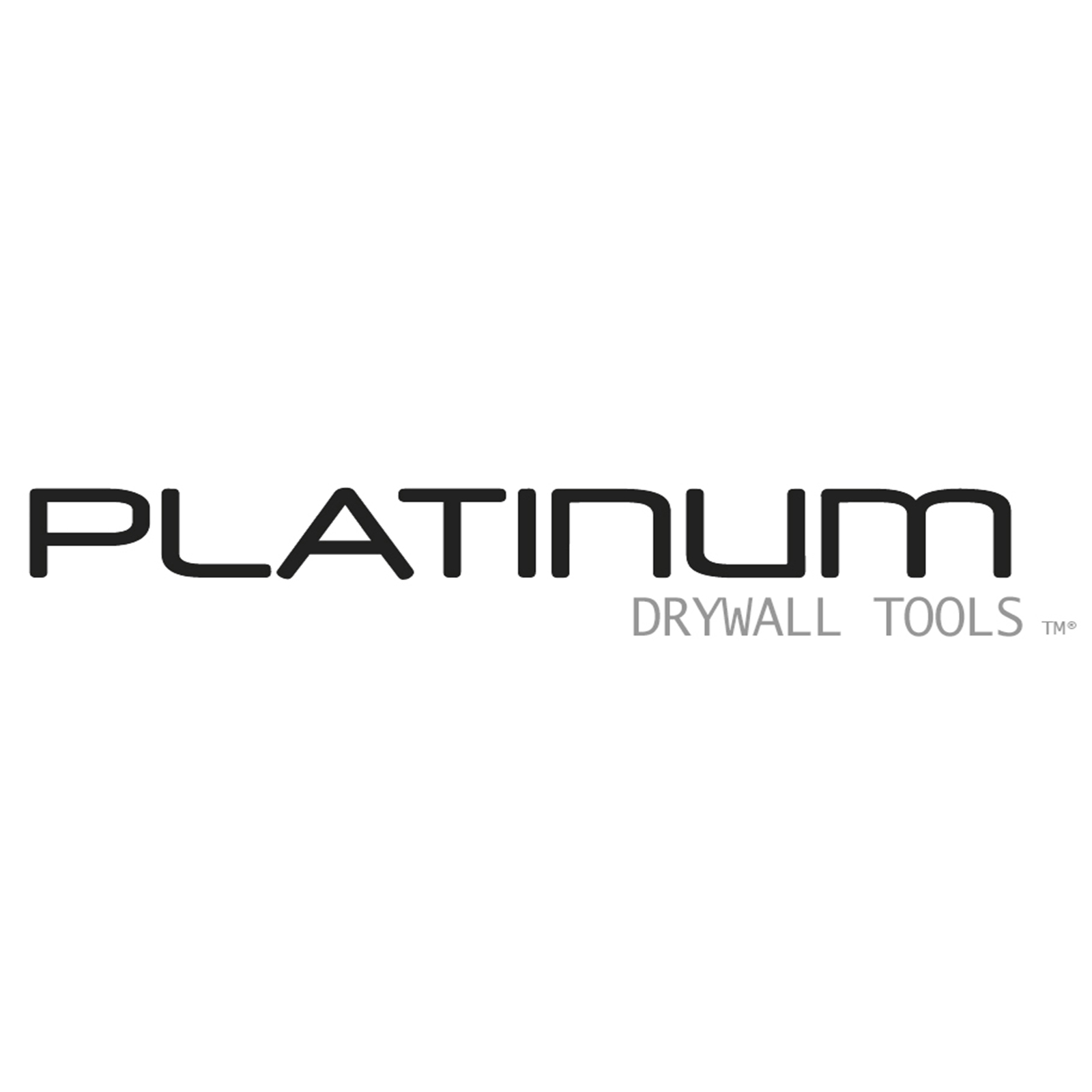Clean Them
The key to making your drywall tools run at their best and last a long time is to keep them clean and lubricated. Cleaning them is the easiest step. Drywall mud is always easiest to clean with it is still wet. Allowing mud to dry inside your tools will make your life harder. Also, letting them sit in a bucket of dirty water is not recommended. We have seen tools absolutely destroyed by using this method. There seems to be some chemical reaction between the drywall mud and the aluminum that causes the aluminum to become etched.
Just spray them down with a garden hose, kitchen sink, bathtub, etc. We like to use a nylon bristle brush, similar to the ones you use in the kitchen, and scrub any problematic spots.
Lubricate Them
After the tools are clean and dry, we recommend lubricating them so they are ready to go the next time you use them. Before I explain this, I must warn you that WD40 is NOT a lubricant. WD40 is a powerful solvent that dissolves lubes. Unfortunately, a large number of people think it’s a lubricant, and it does a lot of harm to these tools.
We use ordinary 3-in-1 household motor oil on our tools. It works well and is readily accessible at all local hardware stores. I have heard from many of our customers using many different products for lubricating their tools (Canola oil, vegetable oil, bazooka oil, silicone spray, etc.), and those products are all okay. Just remember, no WD40.
The main tools that need to be lubricated are the flat boxes, corner boxes, and the automatic taper. When oiling the boxes, we like to ensure that all rubber door seals and gaskets are generously covered with lubricant. Just spray the rubber seal, move the door back and forth a few times and you are ready to go. On the taper, we like to spray all moving parts. This tool has many moving parts, and for it to run correctly, you want all of them moving freely. So spray the drive chain, drive wheel axle, cutter wheels, and control tube wheels. Inside the tube is a rubber plunger cup. You can spray this by tipping the tool upside down and spraying it down the inside of the tube.
I hope these tips will help you use your drywall tools, and if you have any questions, please send us a message.

